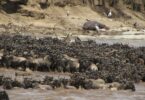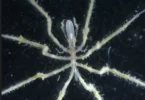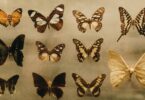When you think about the animal kingdom, what comes to mind? Majestic elephants roaming the savannah, stealthy lions stalking their prey, or perhaps playful raccoons rummaging through our garbage? The way these animals eat reveals so much about their lives, behaviors, and the ecosystems they inhabit.
Understanding Animal Diets
Before we meet our animal friends, it’s essential to understand what each dietary classification means.
- Herbivores are plant-eaters. They feast on leaves, fruits, and flowers.
- Carnivores are meat-eaters. Their diets consist mainly of other animals.
- Omnivores are the versatile eaters of the animal kingdom. They enjoy both plants and animals, adapting to what their environment offers.
Understanding these distinctions helps us appreciate how these creatures contribute to the balance of their ecosystems. Each group plays a crucial role in maintaining the delicate web of life on Earth.
Herbivores: Nature’s Gentle Giants
Herbivores are the peaceful grazers, often seen in lush fields and sprawling forests. They play a vital role in our ecosystems by controlling plant growth and providing nourishment for carnivores. Let’s meet five fascinating herbivores:
Elephant (Elephas maximus)
Picture a majestic elephant munching on leaves high up in a tree. These gentle giants can consume up to 300 pounds of vegetation a day! They are not just eaters; they shape their environment by creating paths through dense brush, helping other animals thrive.
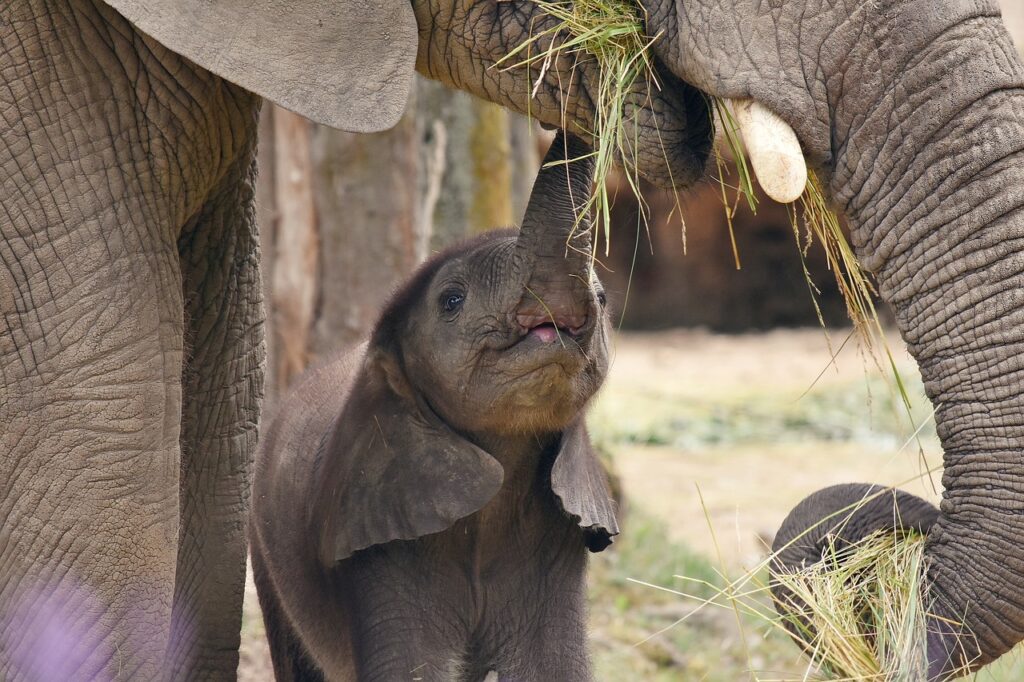
Giraffe (Giraffa camelopardalis)
With their long necks reaching for the highest branches, giraffes are the tallest land animals. Their unique diet of acacia leaves keeps tree growth in check, allowing a variety of species to flourish below. Isn’t it amazing how their height is both a gift and a responsibility?
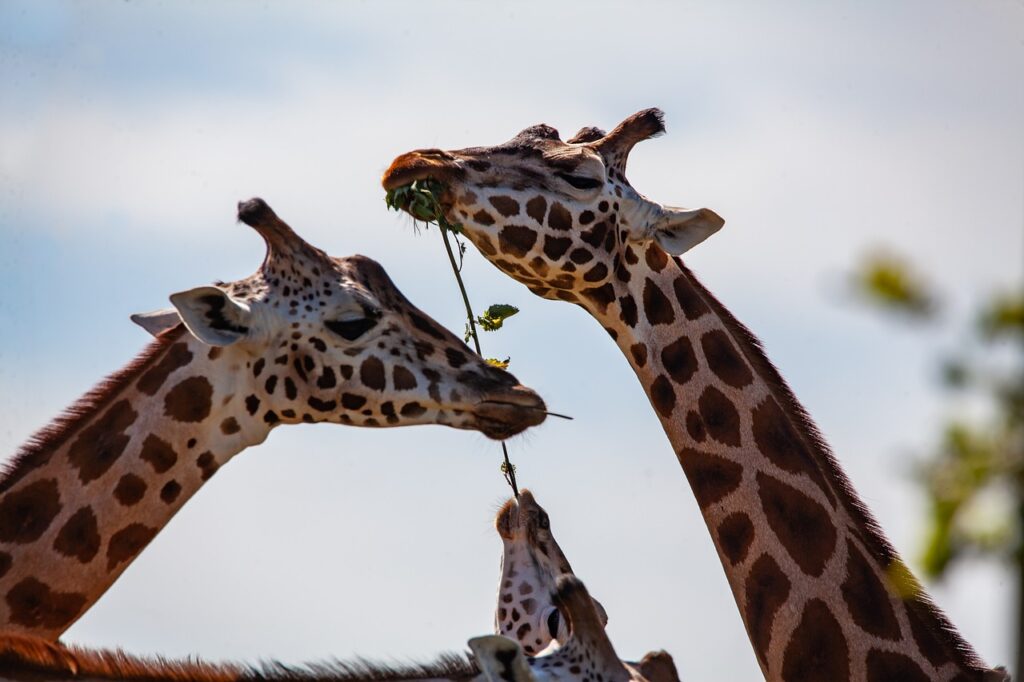
Rabbit (Oryctolagus cuniculus)
Imagine a fluffy rabbit nibbling on tender grass in a meadow. These little critters are vital for maintaining grassland ecosystems. Their quick reproduction and grazing habits ensure a healthy environment for countless other species.

Cow (Bos taurus)
Cows are the hardworking icons of agriculture, munching on grass and hay to produce milk and beef. As ruminants, they have a special digestive system that helps them break down tough plant fibers. They’re not just food sources; they’re integral to many cultures and economies worldwide.
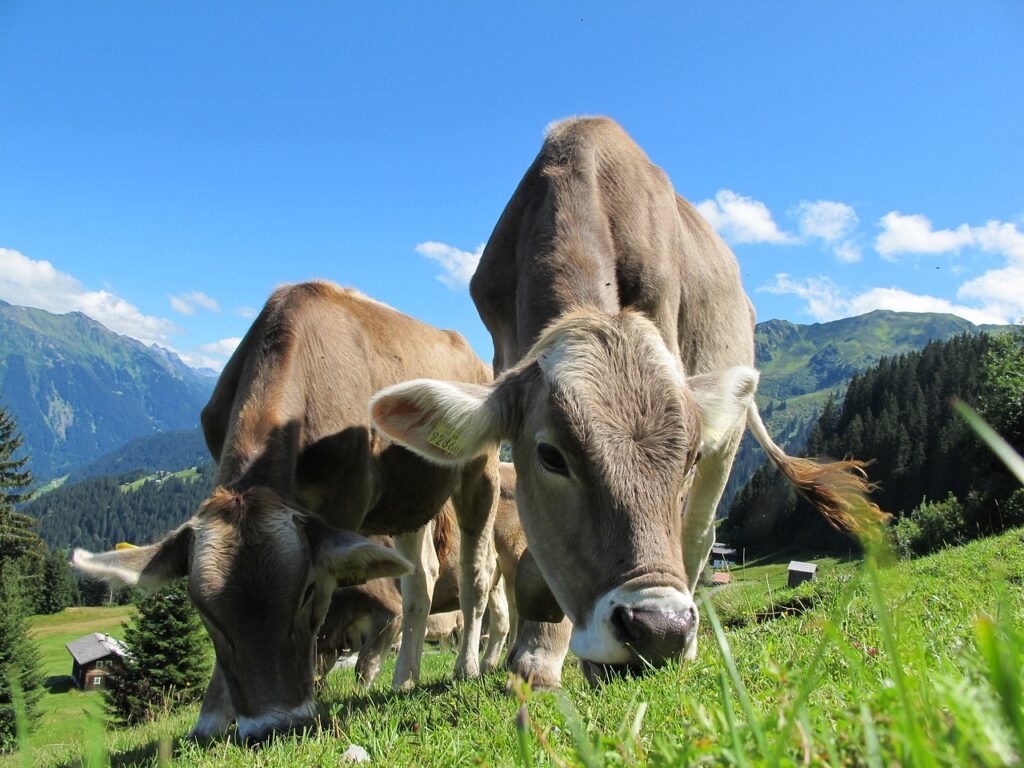
Horse (Equus ferus caballus)
Horses are not just companions; they are grazers that rely on grasses and grains for energy. Their social nature means they often graze in groups, creating a sense of community in the fields.
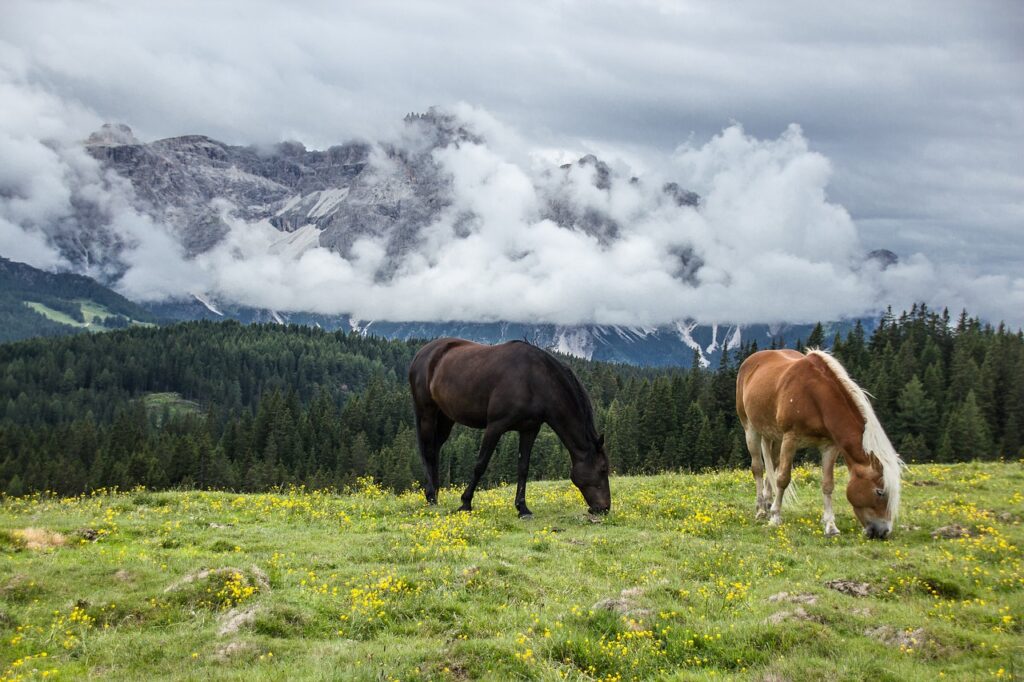
Carnivores: Nature’s Predators
Carnivores are the hunters, playing a crucial role in controlling herbivore populations and maintaining balance within ecosystems. Let’s meet five impressive carnivores:
Lion (Panthera leo)
Imagine the roar of a lion echoing through the savannah. These social animals hunt in packs, showcasing teamwork as they take down large prey like zebras and buffalo. Their presence keeps herbivore populations in check, ensuring the ecosystem remains healthy.
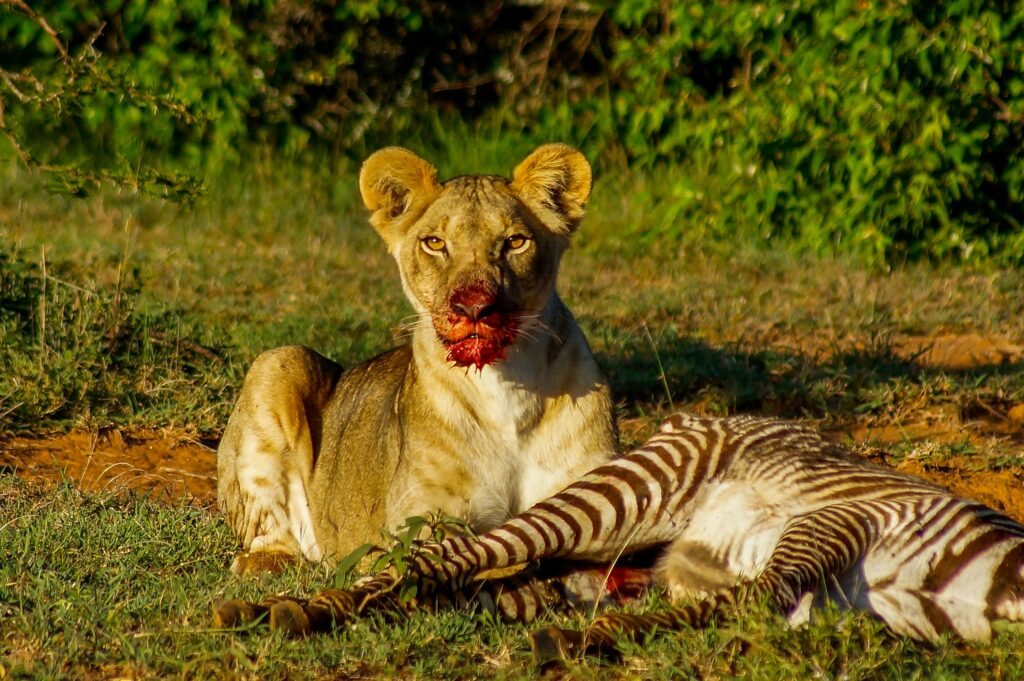
Great White Shark (Carcharodon carcharias)
The ocean’s apex predator, the great white shark, glides through the water with grace and power. By preying on seals and fish, they help maintain marine ecosystem health. Their role reminds us of the interconnectedness of life in our oceans.
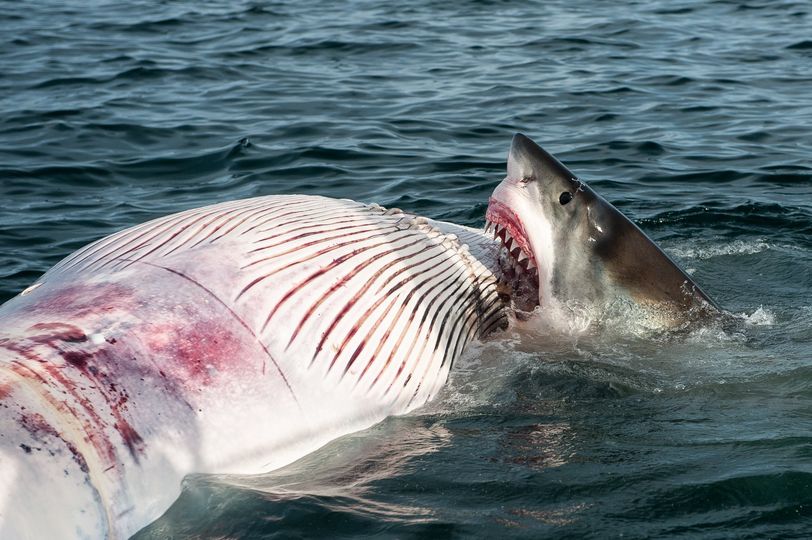
Bald Eagle (Haliaeetus leucocephalus)
The sight of a bald eagle soaring high above rivers is breathtaking. These majestic birds primarily hunt fish, and their sharp eyesight allows them to spot prey from great distances. Their presence indicates a healthy ecosystem, reminding us of the importance of clean water.
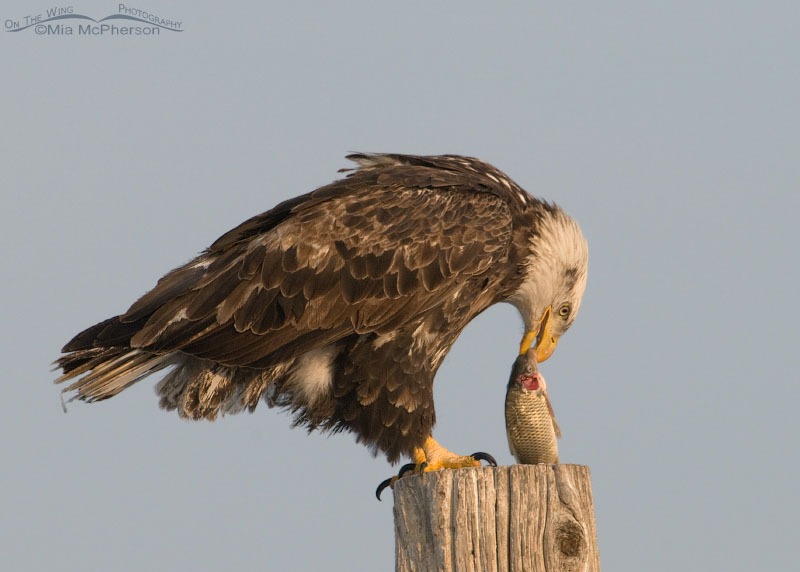
Wolf (Canis lupus)
Wolves, often depicted as fierce hunters, are also deeply social creatures. They work together in packs to hunt larger herbivores, ensuring that their ecosystems stay balanced. Their howls resonate through the forests, a reminder of their vital role in nature.
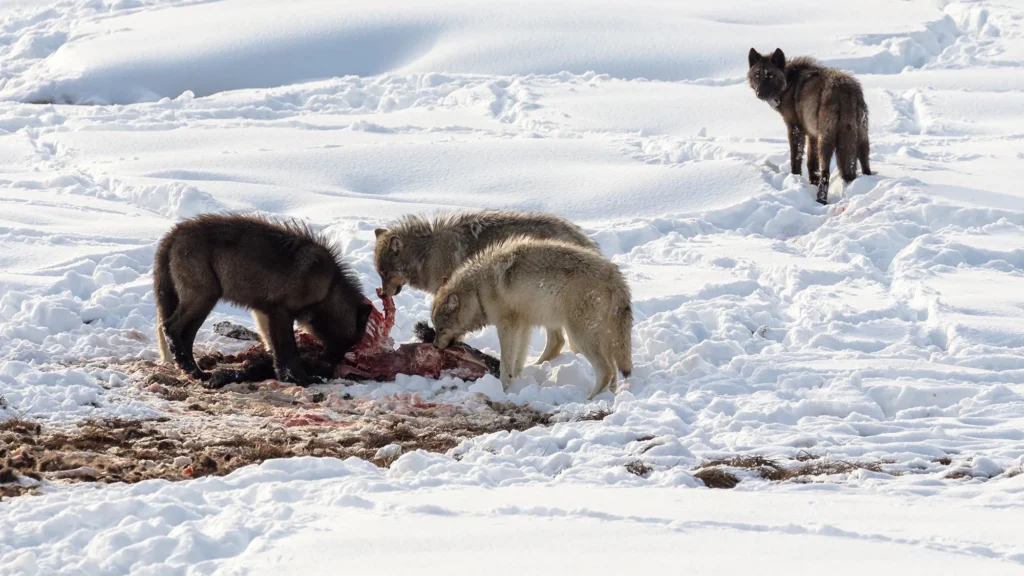
Crocodile (Crocodylus niloticus)
Lurking just below the water’s surface, crocodiles are expert ambush predators. Their diet of fish and small mammals keeps populations in check, and their ancient presence in our waterways reminds us of the primal power of nature.
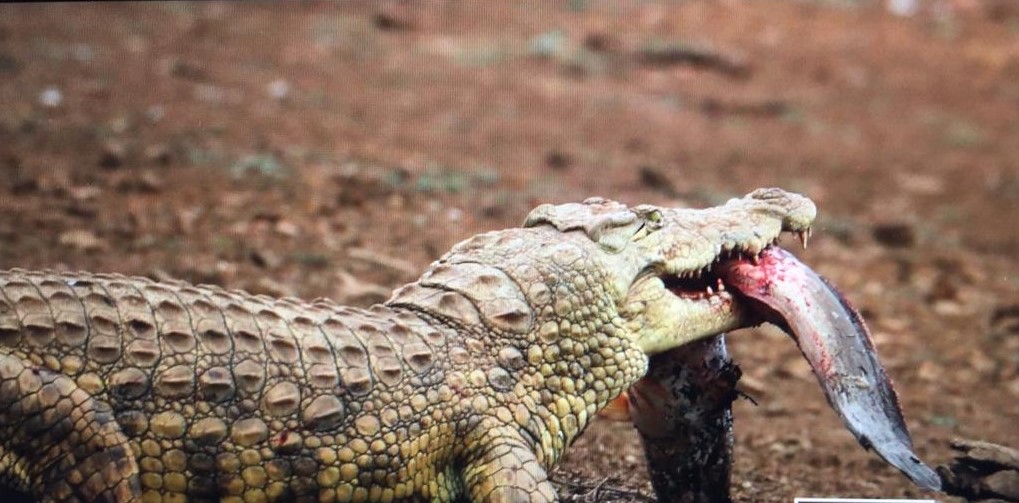
Omnivores: The Adaptable Survivors
Omnivores are nature’s adaptors, able to thrive on a diverse diet. Their ability to consume both plants and animals allows them to occupy various ecological niches. Here are five remarkable omnivores:
Brown Bear (Ursus arctos)
Brown bears are not just fierce predators; they are also foragers. Their diet varies with the seasons, from berries in summer to salmon during spawning seasons. They play a vital role in nutrient recycling, spreading seeds and organic matter through their habitats.
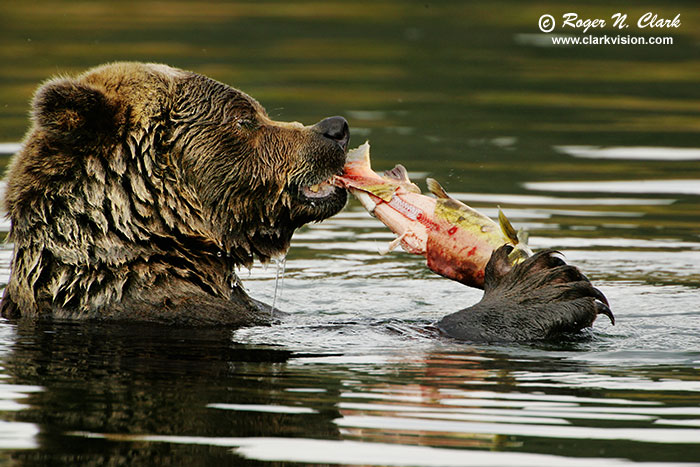
Human (Homo sapiens)
As omnivores, humans have the unique ability to shape our environments and diets. Our choices impact agriculture, ecology, and even climate change. Understanding our place in the food chain is crucial for fostering a sustainable future.

Raccoon (Procyon lotor)
Raccoons are intelligent and curious creatures that thrive in urban and natural environments. Their varied diet includes fruits, insects, and even human food scraps. Their adaptability showcases nature’s resilience, as they find ways to survive alongside us.
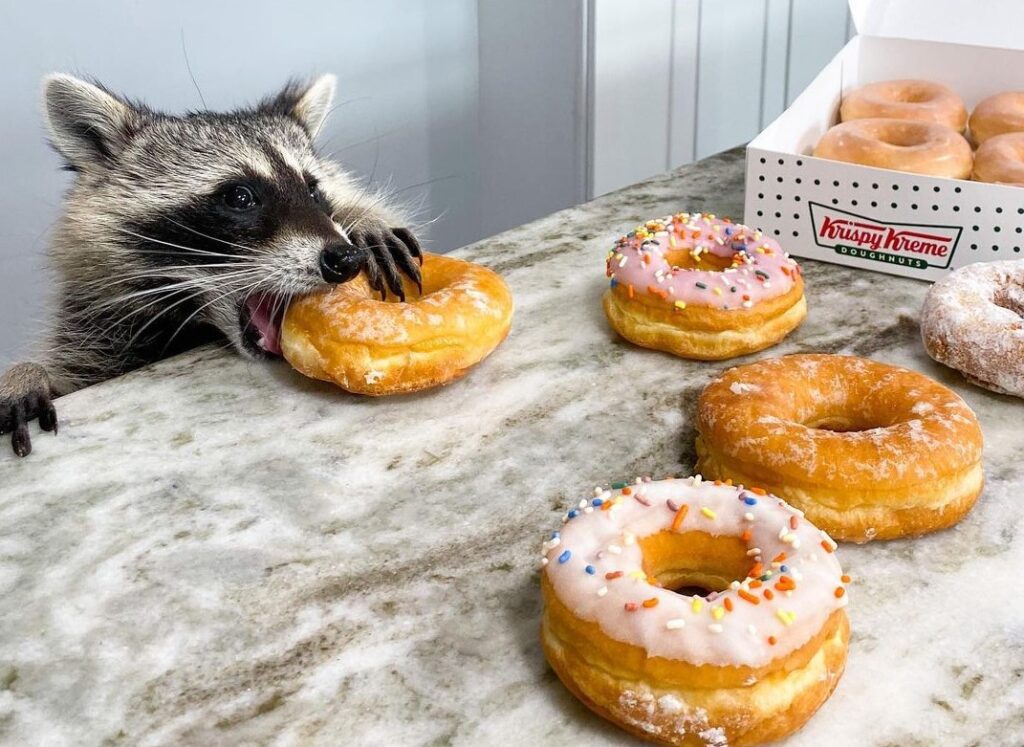
Pigs (Sus scrofa domesticus)
Pigs are often underestimated. These intelligent animals have diverse diets that include grains, fruits, and small animals. They are essential in many cultures, contributing to food systems worldwide.
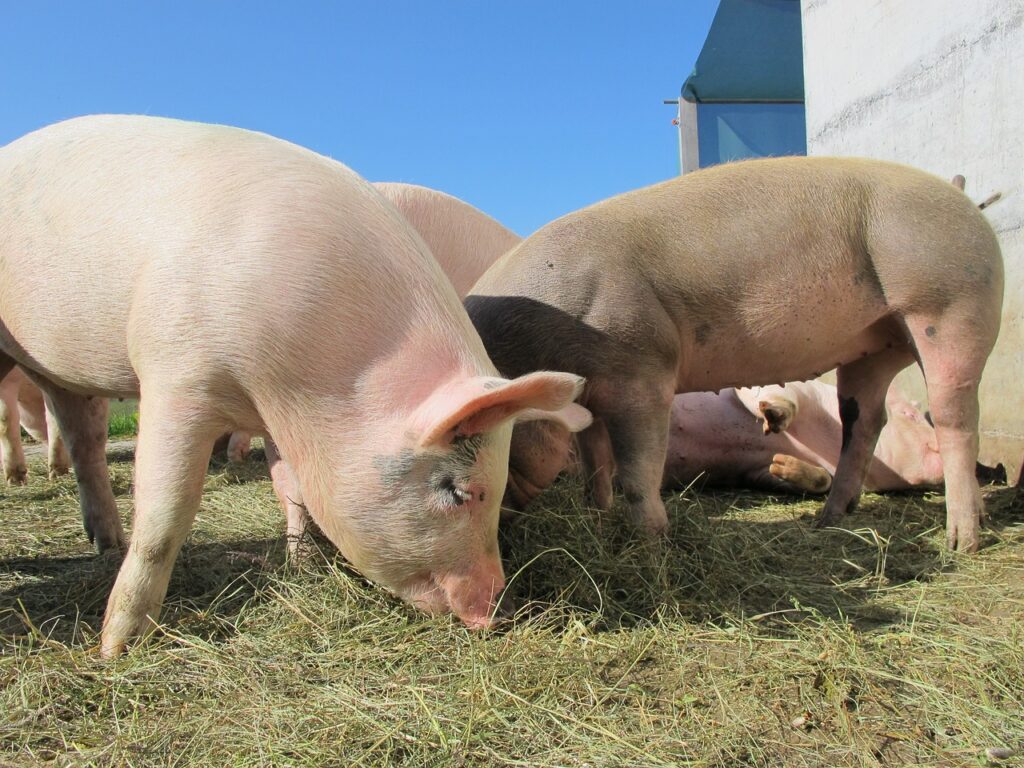
Chicken (Gallus gallus domesticus)
Chickens are not just farm animals; they are vital contributors to our diets. These omnivorous birds peck at grains, insects, and kitchen scraps, making them resourceful foragers that help recycle nutrients in our environment.
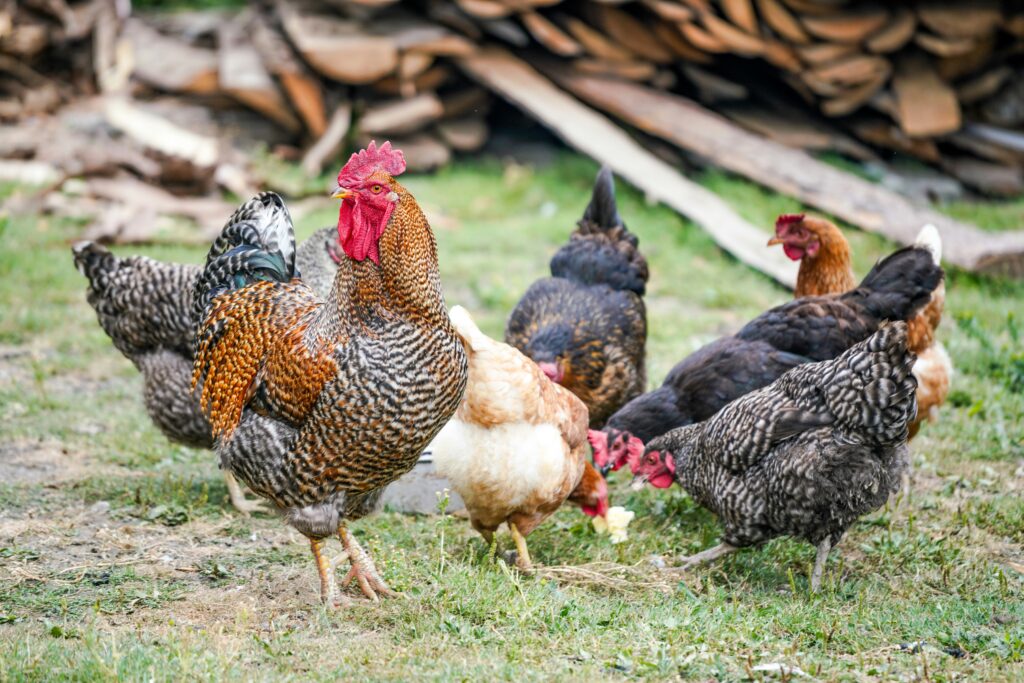
Why This Matters
Understanding animal diets is crucial for several reasons:
- Ecosystem Balance: Each group plays a vital role in maintaining balance. Herbivores keep plant populations in check, carnivores regulate herbivore numbers, and omnivores ensure flexibility in food sources.
- Conservation Efforts: Recognizing the dietary needs of various species aids in conservation. Protecting food sources and habitats is essential for sustaining animal populations.
- Nutritional Education: Knowing the nutritional aspects of different diets informs dietary choices in both animals and humans. This awareness helps us make sustainable food choices that benefit our health and the environment.
In summary, the classifications of omnivores, carnivores, and herbivores offer us a glimpse into the rich tapestry of life on Earth. Each group possesses unique adaptations and fulfills essential roles within their ecosystems. By understanding these dietary distinctions, we can foster a deeper appreciation for the interconnectedness of all living beings and our responsibility to protect them.



